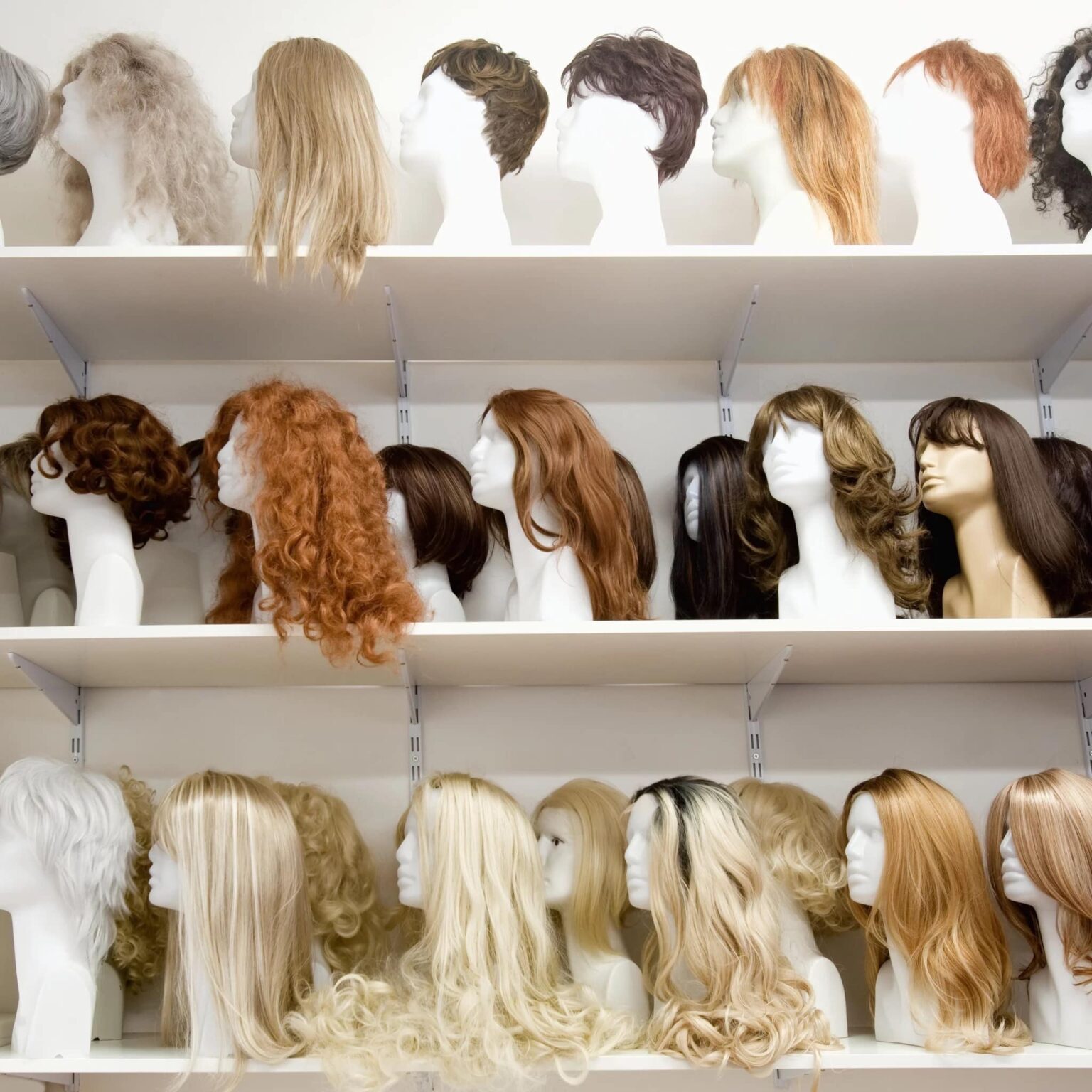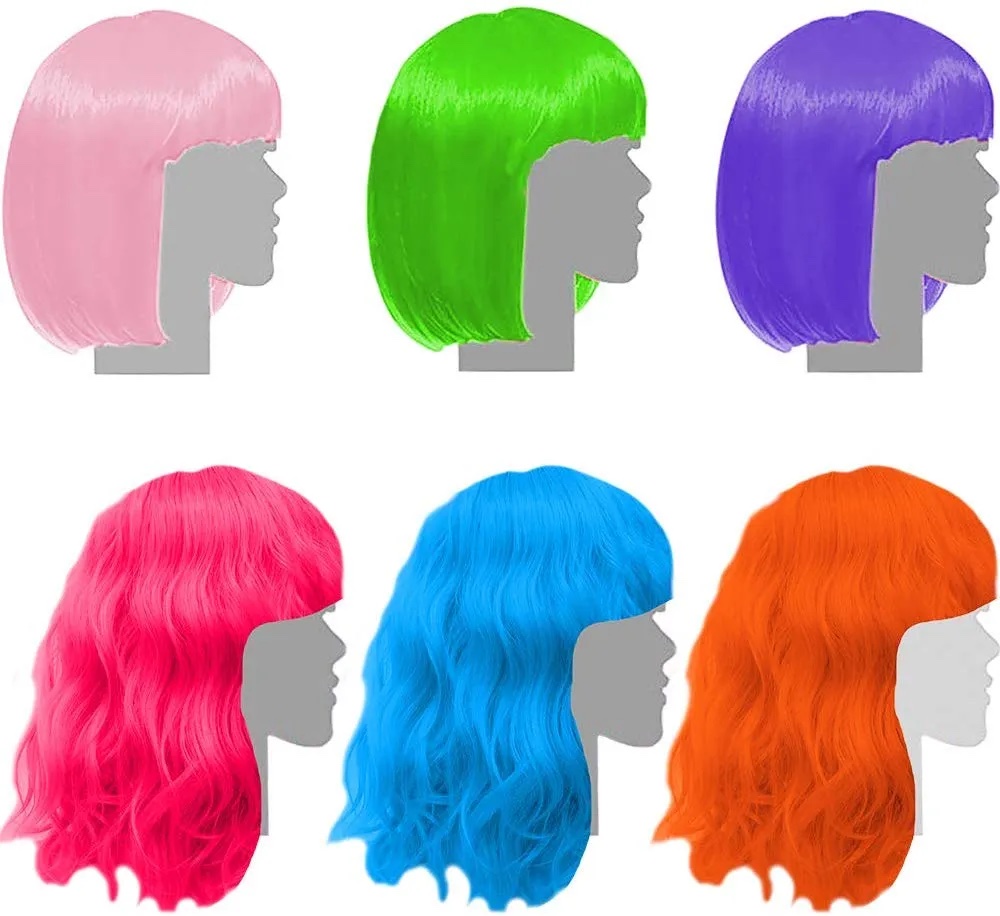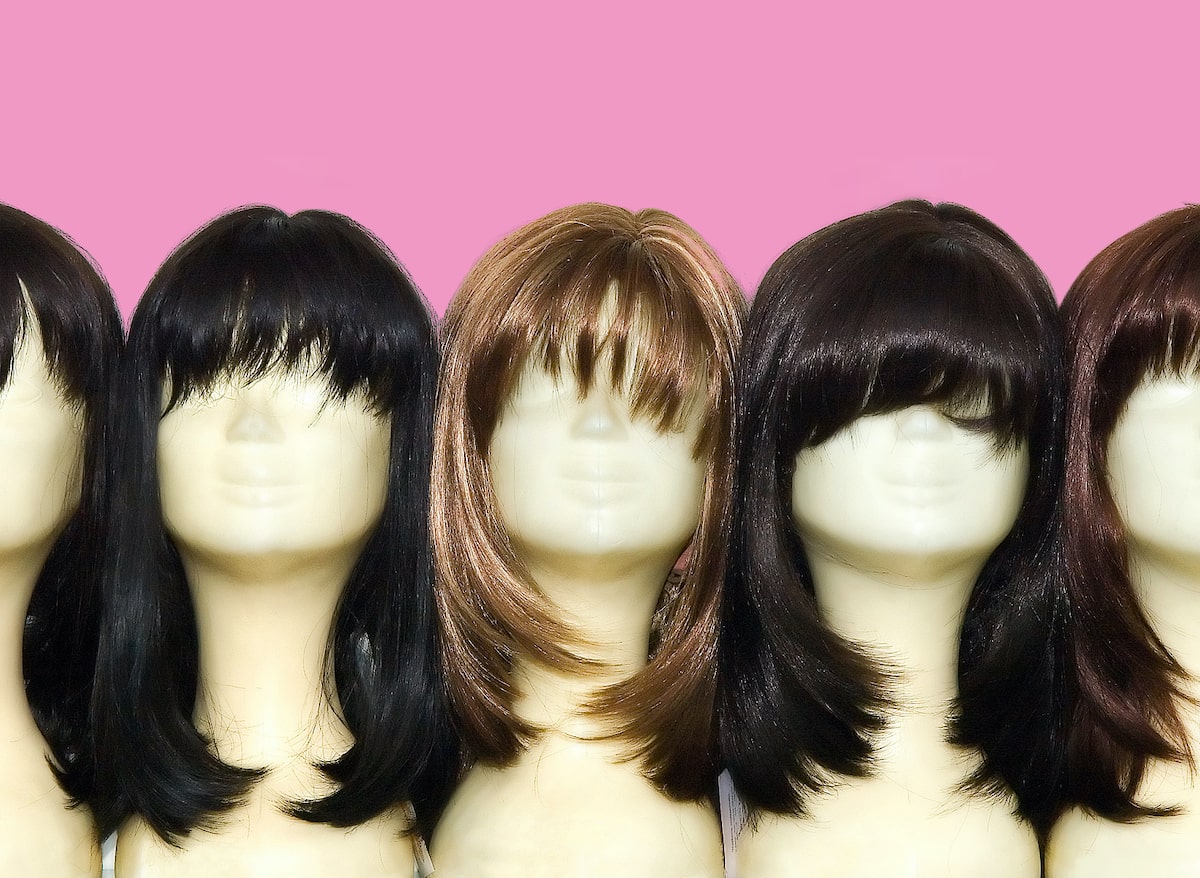
5 Things to Consider Before Buying a Wig
Wigs offer a great option for those who love to make a fashion statement, suffer from hair loss or need convenience in their daily routines. Today’s wigs have come a long way from their heavy predecessors. Modern technology has delivered light, comfortable wigs in natural looking colors and styles. Wigs range in price from under $100 to thousands. Before investing in a wig, take into consideration the following.

Hair Fiber
Wigs may be made from synthetic fibers or human hair, and both have advantages and disadvantages. Synthetic wigs come pre-cut and pre-styled and require little to no styling. They’re easy to maintain, hold their shape, dry fast and cost less than human hair wigs. You can’t use a blow dryer, iron or hot rollers on synthetic wigs, so styling options are limited. Human hair wigs offer styling versatility and can be heat styled, colored and permed. They need the same care you give to your natural hair and require more upkeep than synthetic wigs.

Wig Color
Wig shades mirror our natural hair and include darker roots, lighter ends and highlights. When choosing the right shade, you want to find harmony between hair color, eye color and your complexion. You can do this by choosing
your colorful wig shade based on whether you have a warm or cool skin tone. Wigs in golden brown, honey brown, chestnut, copper, aubum and warm shades of gray complement a warm skin tone. Ashe blonde, platinum blond, brown, burgundy, dark brown and black work with cool skin tones.

Face Shape
Your face shape can help you decide what wig length, texture and style will flatter you most. If you have an oval face shape, you can wear any length or style. Round faces look best with chin-length or longer styles with fullness and height in the crown and off-center parts. For square faces, choose a style with fullness in the crown that lengthens the face. If you have a rectangular face shape, try short to medium styles with fullness at the sides and wispy bangs. Heart-shaped faces look best with chin-length and longer styles, side parts, wispy bangs and layers around the face. If you’re unsure about choosing the right wig style, consult your hairdresser. Once you purchase the wig, he can cut and customize it to better enhance your features.

Wig Cap
Wig hair attaches to a base called the wig cap. Synthetic fiber or human hair wefts may be machine sewn, hand sewn or hand-tied to the cap. Most wigs have a machine-sewn standard cap that tends to be the least expensive option. A capless style offers more ventilation for the wearer and makes the wig lightweight and cool. Monofilament caps feature hair hand-tied to a soft micromesh that both looks natural and offers comfort to those with sensitive scalps.

Head Measurement
To ensure comfort, you need to find the right fit. Wigs typically come in four sizes, ultra petite, petite, average and large, but not all manufactures follow this size standards. You’ll need to take three measurements of your head with a cloth measuring tape to find your size. First, measure around your head starting at your front hairline, going over your ear, around the bend in your neck and up above your other ear to the starting point. Next, measure front to back starting at your front hairline and going back over your crown to the nape of your neck. Finally, measure ear to ear starting at the hairline in front of one ear and going up over the crown to the front of your other ear. Once you have your measurements, compare them to the manufacturers’ sizing charts for the perfect fit.
Many women buy a wig that they think will look good on them and then hope for the best. By taking the time to research your options in hair fiber, color, style and fit. You’ll ensure that you purchase the right wig for your needs.



